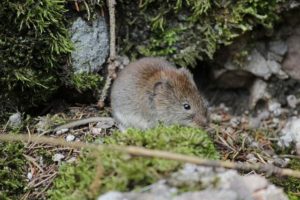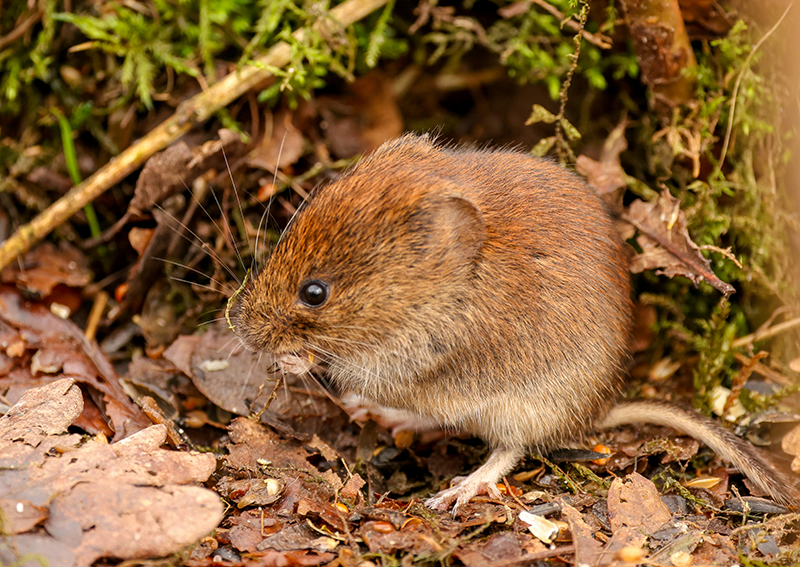Comprehensive Guide to Reliable Vole Bug Control: Invasion Recognition and Therapy Approaches
In the world of efficient pest control, vole invasions pose a special challenge that requires a critical approach. By checking out the nuances of vole behavior, recognizing essential indicators of problem, and reviewing a variety of control choices, one can establish an extensive technique to combat these evasive pests.
Recognizing Vole Habits
Vole actions is characterized by their tunneling behaviors and quick reproduction prices, making them a difficult pest to regulate efficiently. Their quick reproductive rate further makes complex control efforts, with females qualified of generating numerous clutters in a single year, each having numerous children.
Voles are most energetic throughout the very early morning and night hours, spending most of their time foraging for food. Their delving practices not just disturb gardens and grass but likewise make them testing to discover and get rid of. Comprehending vole actions is essential for efficient insect control techniques. By recognizing their burrow areas, keeping track of feeding areas, and executing targeted control techniques, such as capturing or environment modification, vole problems can be handled successfully.
Signs of Vole Infestation

Avoidance Techniques
Carrying out reliable avoidance techniques is important in lessening vole invasions and protecting greenery from their damaging feeding behaviors (vole lawn damage). To avoid vole infestations, it is important to begin by getting rid of prospective food resources and sanctuary. Maintain turf and greenery cut short, get rid of weeds and debris, and keep a clean yard or grass to make the location less appealing to voles. Setting up barriers such as equipment towel or below ground fence can additionally assist hinder voles from getting in particular locations. Additionally, minimizing excess moisture by repairing leaky pipes and making sure correct drain can make the atmosphere less friendly for voles.
On a regular basis examining the residential or commercial property for indications of vole activity, such as paths and burrow openings, is essential for early discovery and timely action. If vole task is believed, take into consideration utilizing catches or repellents purposefully placed near their paths.
Non-Lethal Control Approaches
To properly manage vole populaces while focusing on humane methods, non-lethal control techniques supply practical remedies for reducing vole damage in landscapes and gardens. These obstacles can be hidden at least 12 inches deep vole control utah and curved at a 90-degree angle to stop voles from burrowing underneath.

Lethal Control Options
One efficient method for dealing with vole invasions in gardens and landscapes entails the strategic usage of dangerous control alternatives. When faced with a severe vole infestation that non-lethal methods have fallen short to include, applying dangerous control procedures ends up being important. Overall, when employing deadly control alternatives, it is essential to do so sensibly and in conformity with local regulations to effectively handle vole invasions.
Verdict
Finally, reliable vole pest control needs an extensive understanding of vole behavior, recognition of indicators of problem, application of prevention approaches, and utilization of both non-lethal and deadly control methods. By integrating these approaches, individuals can properly manage vole populaces and secure their home from damage. It is vital to attend to vole invasions without delay to stop more problems and lessen the effect on the surrounding atmosphere.
Given the elaborate tunnel systems and fast recreation prices characteristic of voles, recognizing the indicators of vole problem comes to be essential in reliable insect control. One of the primary indicators of vole visibility is the existence of surface paths or routes in lawn or snow, commonly regarding 1-2 inches broad, developed as voles travel between their burrows and food sources.To efficiently manage vole populaces while focusing on humane techniques, non-lethal control methods provide sensible services for lowering vole damages in landscapes and gardens.One effective method for dealing with vole invasions in landscapes and yards entails the strategic use of lethal control choices. vole yard damage.In verdict, effective vole insect control needs a thorough understanding of vole actions, identification of indications of problem, execution of prevention techniques, and use of both non-lethal and dangerous control methods